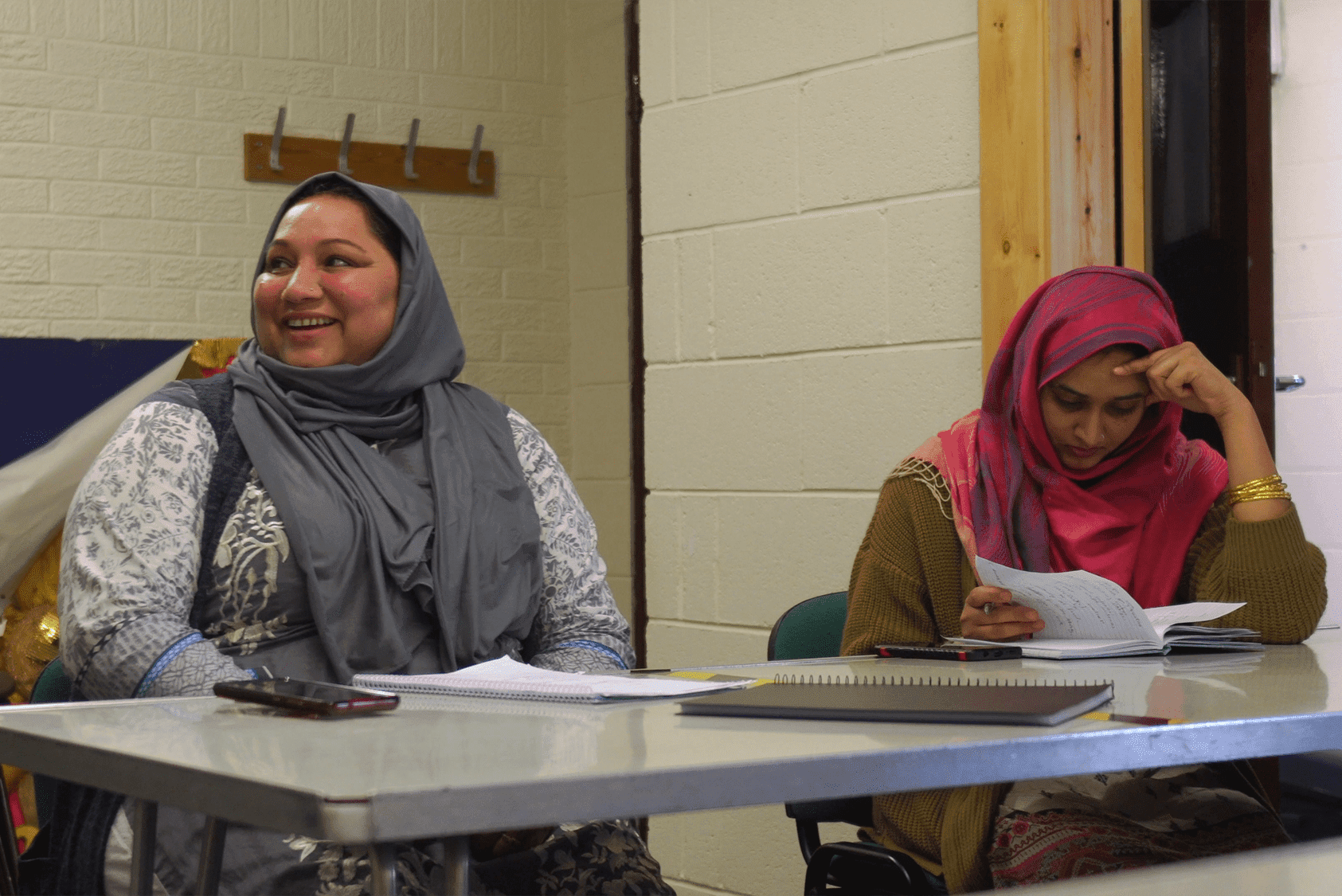
Lily O'Flynn
Principal Consultant for Place-based Evaluation & Learning, Renaisi
We began evaluating the five-year Empowering Places programme two years into its delivery and have taken a developmental approach to understanding what the processes and conditions for change are. The programme finishes in December this year, so before reporting on what’s actually changed, we wanted to share what we had learnt about the process.
About Empowering Places
Funded by Power to Change, and delivered by Cooperatives UK in partnership with New Economics Foundation (NEF) and Centre for Local Economic Strategies (CLES), Empowering Places is a five-year programme that funds community anchor organisations in six areas of high deprivation to ‘catalyse’ and support the growth of new community businesses, contributing to an overarching vision of more prosperous places, with more jobs and opportunities for local people.
How it works
Empowering Places provides the lead anchor organisation for each place – AKA the ‘catalyst’ – with a combination of grant funding, money to award seed grants, expert guidance from a ‘tech lead’ (CLES or NEF), and access to specialist skills and support, such as marketing, business planning and leadership, from an approved pool of national and local providers.
The catalysts aim to have an impact at three levels:
- Supporting the local community to thrive and feel empowered
- Supporting community businesses to be sustainable
- Supporting local economic growth and improved infrastructure across each of the wider places.
Top five things we learnt
We’ve learnt so much over the course of the programme, here are the top five about how to do this successfully:
1. Research to identify local priorities has led to a wide-spread approach to tackle significant local issues.
By prioritising the issues that local people care about, through activities like community organising:
a. Communities are more willing to be part of the solution, because they know it will help them.
b. Community businesses are focused on addressing specific needs like employment, mental health and housing which is having a significant impact in their communities.
c. Proper research on the needs of the community can be effectively represented in professional settings (i.e. with the local authority).
2. Providing flexible, holistic and person-centred support has helped new community businesses owners and staff feel confident in their abilities to run a business.
Instead of providing ‘off the shelf’ business support, catalysts have gone on a journey with people, they have built trust through listening and affording time, and they have built specific skills depending on the individual’s needs. For some this has been leadership training for others it has been understanding corporate business models and trading.
This journey in many cases has taken years. But its holistic nature has meant new community business owners feel supported enough and knowledgeable enough to develop their businesses and take more risks.
3. Relationships are critical.
Especially for the catalyst:
a. Having trusting relationships with the community, has been instrumental for bringing in new people with community business ideas.
b. Having professional relationships across the wider place and being able to ‘talk the talk’ has meant that community businesses are taken seriously by other businesses and statutory sector organisations.
c. Trusted relationships between the catalyst organisations across the programme, via a curated learning network, has meant that catalysts are taking inspiration from each other which has led to positive replication across the programme (from developing their asset bases to using community organising as a way to ‘listen’ to their community).
d. Finally, the trust that has been built with the key support partners has meant that catalysts have been open about what they need help with which has genuinely aided their progression.
4. Relationships have been established and have flourished for three reasons:
- Time – the five-year programme has meant that relationships can grow organically and informally.
- Resource – the catalysts are fully funded to take part in learning and sharing and engaging with capacity building.
- Lack of competition and a commitment to sharing – the programme purposefully doesn’t compare the places and hasn’t made them compete against one another. It respects their uniqueness and within that spirit encourages an openness to sharing.
5. Physical location can be make or break.
Being visible has a huge impact on the ability to trade as a new business.
Often the most successful community businesses have been the ones that have operated out of a ‘hub’ or building where other local community businesses are working from. This has led to community businesses trading from each other, and clients being referred to or using new community businesses as a result of proximity.
As a catalyst having an asset that can support multiple community businesses has been instrumental to supporting a variety of new community businesses to thrive, this includes a huge impact on the amenities available in the community such as housing, cafés, a bar, a football pitch, shops, a farm, a brewery and community centres.
For more detailed information on these findings you can see our recent reports or watch our short film on developed by our associate Close Up:
– Empowering Places: Impact on community businesses
– Empowering Places: Impact on the community and wider places
– Empowering Places film: Impact on people
Renaisi is a social enterprise that helps people and places to thrive. Renaisi was founded in 1998 to regenerate neighbourhoods in Hackney, East London. Today we do three complementary things:
- Support people to learn, work and connect with their community.
- Help organisations across the UK to understand and evaluate their impact on communities; and
- Develop collaborative strategies for improving places.
Working directly with communities that are marginalised by society, the providers of services, employers, and investors in communities gives us a unique perspective on how systems work and how to improve places fairly.



